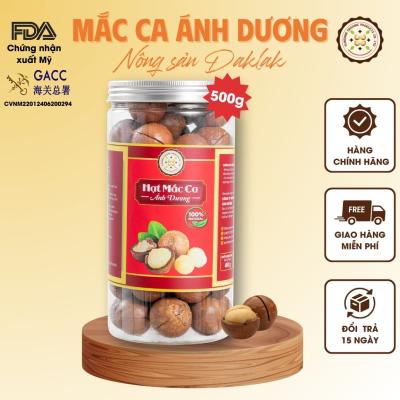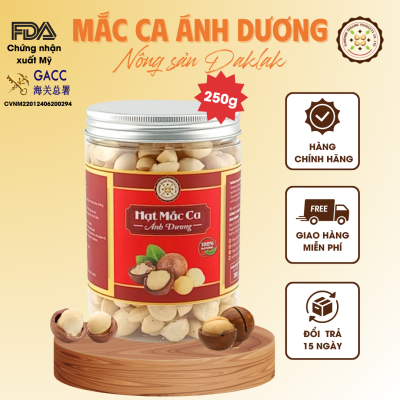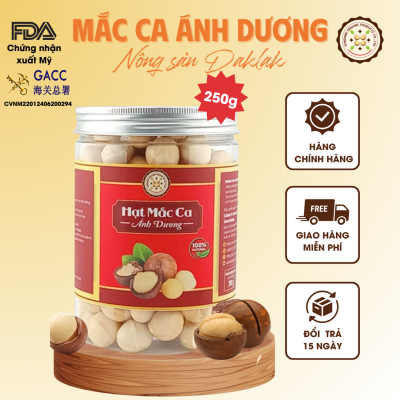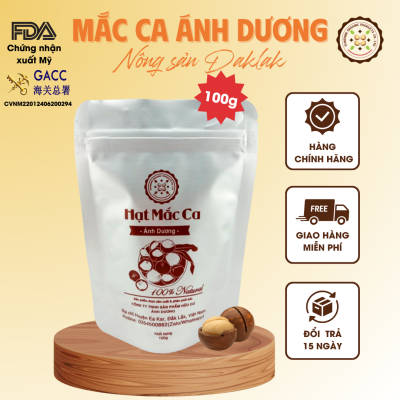Intercropping Macadamia: The Secret to Increasing Economic Efficiency
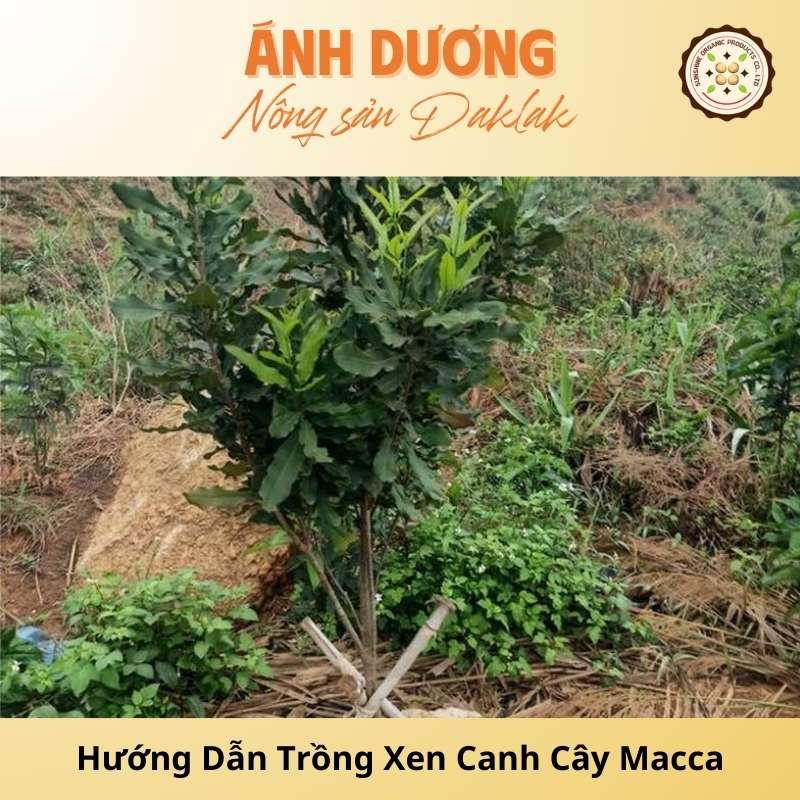
Intercropping macadamia is an effective farming method that helps farmers increase productivity and income. However, to achieve the highest economic efficiency, it is necessary to choose appropriate intercropping crops and apply correct farming techniques. In today's article Sunshine will introduce to you some effective macadamia intercropping models today. Please read and apply immediately if it is suitable for you!
Benefits of intercropping macadamia
Optimize land use
Intercropping macadamia trees at a reasonable distance with other crops such as coffee, pepper, or fruit trees helps make the most of the land area without causing excessive competition for nutrients and light. In addition, intercropping creates a dense vegetation cover, which helps protect soil from erosion, maintains moisture and improves soil quality over time.
Product diversification
Intercropping macadamia allows farmers to harvest from many different crops on the same area of land. This not only helps increase total output but also diversifies income sources and improves the economic life of farmers.
And with more revenue from macadamia trees, farmers become less dependent on a single crop. This reduces economic risk due to price fluctuations or pest and weather problems affecting a particular crop.
Improve soil and environmental quality
The root system of the macadamia tree grows deep and wide, helping to increase soil porosity and improve water and nutrient retention. This is not only beneficial for macadamia trees but also for other crops in the intercropping model.
Popular macadamia intercropping models
Intercropping macadamia trees with coffee trees
When intercropping macadamia trees with coffee trees, the high and wide canopy of macadamia trees will help create shade for the coffee trees, reduce ambient temperature, and help coffee trees grow better in harsh weather conditions.
When combining growing macadamia and coffee, farmers will have two sources of income, thereby reducing economic risks from depending on a single crop.
There are 2 ways to intercrop macadamia with coffee:
Plant macadamia trees in alternating rows with coffee trees about 7-8 meters apart. This allows the macadamia tree to grow without blocking too much light from the coffee tree.
Plant macadamia trees in small clusters in between coffee rows. This layout helps optimize space and land resources, while creating favorable conditions for both types of crops to grow.
Intercropping macadamia trees with tea trees
Macadamia tree roots help retain soil and prevent erosion, especially beneficial in mountainous areas where tea trees are often grown. And with their outstanding appearance, macadamia trees also create shade to help tea trees grow healthily and efficiently. increase productivity more.
However, when intercropping macadamia trees with tea trees, you should pay attention to the following issues:
Ensure reasonable planting distance between macadamia trees and tea trees to avoid competition for nutrients and light.
Monitor and manage pests closely to ensure the health of both crops.
Apply appropriate farming techniques, ensuring adequate water and nutrition for both types of plants.
Intercropping macadamia with pepper
The macadamia trees can be used as a natural support for climbing pepper plants, helping to save costs on support materials and create a sustainable farming system. If you intercrop macadamia with pepper, you can refer to the following two models:
Model 1: Plant macadamia trees in rows with a distance of 5-6 meters and plant pepper trees in between, using macadamia trees as pepper pillars. This model has shown success in many regions with both pepper and macadamia yields increasing.
Model 2: Plant macadamia trees in the corners of the pepper growing area, creating shade and a favorable environment for pepper trees to grow.
Intercropping Macadamia is a sustainable and effective farming method, bringing many economic, environmental and social benefits. Because making the most of land area, diversifying products and improving land quality are important factors to help farmers increase income, reduce economic risks and protect the environment. This is truly a farming model that needs to be encouraged and supported to develop widely, contributing to the sustainable development of agriculture and people's lives.
 English
English













